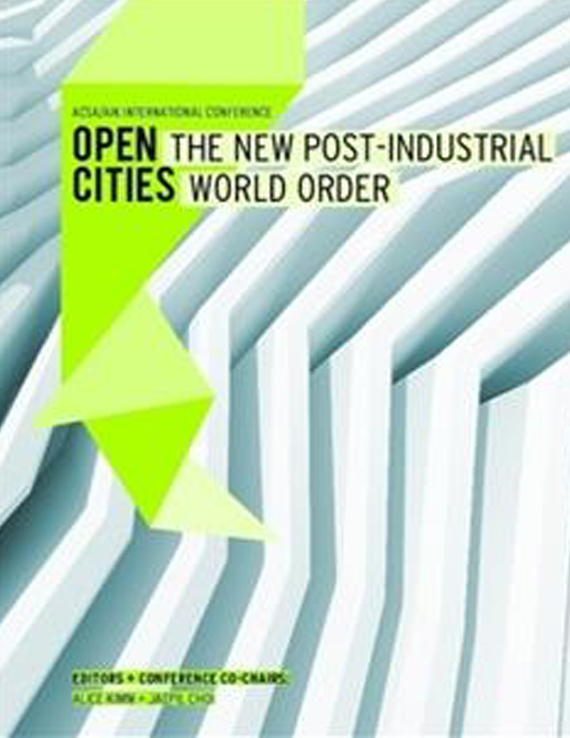Author(s): Khaled Alawadi
Urban environments are being transformed and developed at a massive pace andscale, which often precludes forethought and justification. Dubai, for example, is acase where numerous megascale developments were built in record time withoutbeing integrated into the existing urban fabric. In fact, examining Dubai‘s urbangrowth proves to be simultaneously astonishing and frustrating. Dubai has urbanizedand grown rapidly. This growth is seen in size, territory, manifestation, andurban morphology.With this rapid growth and the consolidation of megascale urbanism, the size ofecological and urban concerns has skyrocketed, leading to pressing spatial and socioculturalchallenges. For example, the juxtaposition of Dubai‘s urban areas contributedto a patchwork morphology that is dispersed, segregated, and fragmented,yet connected by multi-lane highways. As a result, integrating ecological and socialaspects into creating high quality neighborhoods for Dubai is an ultimate challenge.Therefore, this paper aims to explore, articulate, and advance design strategies andtactics that promote better sustainable urban design for Dubai. In particular, thepaper entails a study exploring the potential benefits, feasibility, and social implicationsof promoting density in Dubai’s neighborhood development.This paper attempts to elaborate whether or not high-density residential neighborhoodscould be successfully implemented or be the norm in Dubai, as opposedto the status quo low density and single-use practices. In particular, I conducteda case study analysis of Dubai that explores and compares expert, resident, andgovernment opinions of compact urban forms for neighborhood development inDubai. I used three methods of inquiry:First, I used the Delphi technique to obtain expert opinions and knowledge regardingpromoting density for Dubai neighborhood development. This Delphi study broughttogether academics and practitioners in the fields of urban design, planning, architecture,and sustainable development. Second, I conducted interviews with governmentofficials in Dubai to identify troublesome challenges that constrain the implementationof densification strategies. Third, I conducted self-administrated surveyswith the population in Dubai to identify the public reaction to and preference forthe densification ideas. My data is derived from a wide range of people includingacademics, practitioners, residents, and policy makers, and strives to think, benefit,and generate discussion about the design of future neighborhoods.The opinions of these three population segments are significant because the professionalspossess experience and are generally the powerhouses of the designtactics and ideas. The public contains the users and the consumers whose acceptabilityare essential because community design involves issues about whichpeople care deeply, like cultural norms, social values, and community appearance.Last, the authorities are the policy makers who have the power as well as the backgroundabout the challenges that place major limitations on implementation. Outof this process, the paper synthesizes experts, officials, and public input to compareresponses across research participants. This section identifies and assessesagreements, disagreements, and competing priorities between the three groups.Finally, the paper discusses some major obstacles challenging different aspects ofsustainability and lays out potential recommendations for the one’s shaping andregulating the environments to prevail over the challenges.
Volume Editors
Alice Kimm & Jaepil Choi
ISBN
978-0-935502-91-6

 Study Architecture
Study Architecture  ProPEL
ProPEL 
